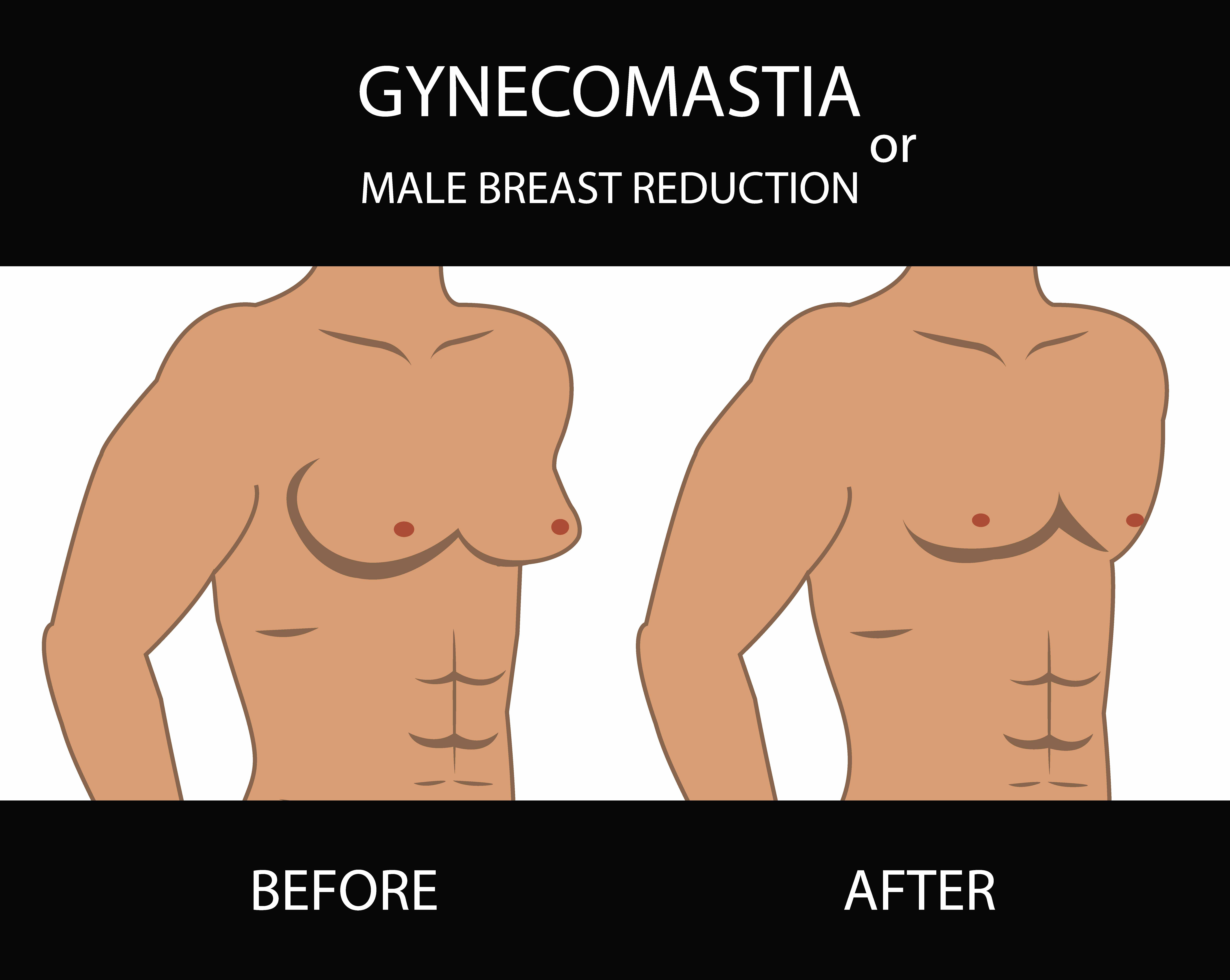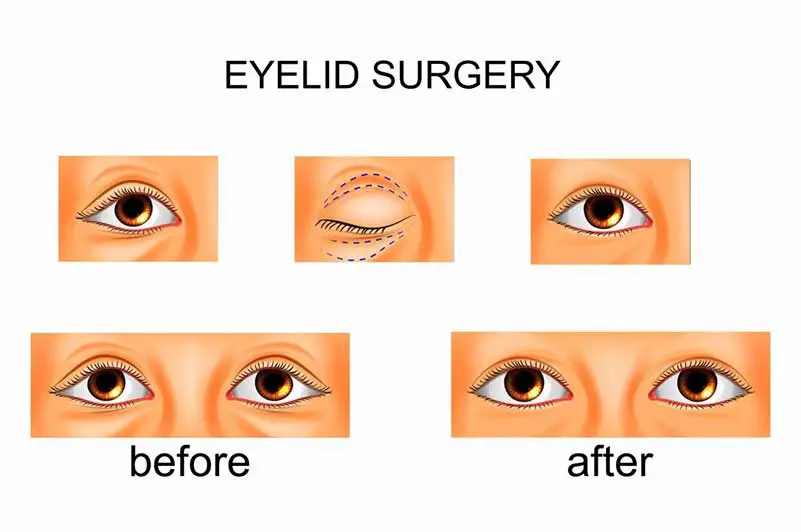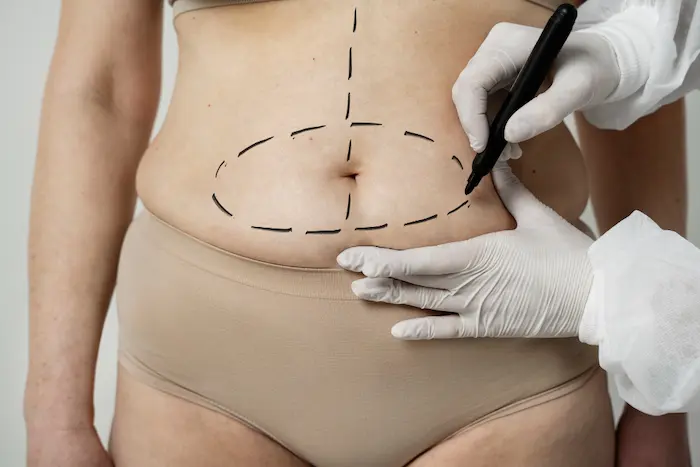
Gynecomastia: Unveiling Worth Knowing Facts
The medical disorder known as Gynecomastia causes male breast tissue to grow. Sometimes, people refer to this condition as "man...
The medical disorder known as Gynecomastia causes male breast tissue to grow. Sometimes, people refer to this condition as "man boobs" or "moobs." Doctors characterize this condition as non-cancerous glandular breast tissue enlargement in men. It is astonishing to know that around two-thirds of the male population including men and boys suffer from this condition worldwide.
Around 10% of these cases prevail throughout life. It can cause one to experience body pain, low self-esteem, and even mental anguish. Indeed, it affects a large percentage of men but despite being a common problem, the topic rarely comes up in casual conversation.
In this blog, we will dig deeper into this issue to find out more about this problem and the possible solution. We will also explore the realities of Gynecomastia as well as the emotional toll it may have on those who suffer from it.
What is Gynecomastia?
When testosterone levels go too high compared to estrogen levels, a condition called Gynecomastia develops in men. Estrogen is essential for both sexes, even though doctors mostly associate it with women. Nevertheless, an imbalance of estrogen in men might cause the growth of male breast tissue.
Swelling and discomfort are common symptoms of this illness, which can affect either breast. Gynecomastia is not just fatter, but the expansion of glandular tissue and that is an important distinction to make. Because of this reason, this separate medical issue needs proper care and medical intervention as necessary. The good news is that it is non-cancerous but the bad news is that it can hurt one’s emotional and confidence level severely.
Numerous causes of Gynecomastia
Multiple causes may lead to Gynecomastia, such as hormonal abnormalities and lifestyle decisions. To effectively manage and treat these conditions, it is essential to understand these causes. Let us know more about them in detail.
Hormonal Changes
Experts opine hormonal changes as an essential factor in the onset of Gynecomastia. Disruptions to the delicate balance of estrogen and testosterone can occur during puberty, age, or because of specific medical disorders. It may trigger excessive development of breast tissue.
Medications
At times, medications like anti-androgens, anabolic steroids, and certain antidepressants can compromise hormonal stability and can also lead to Gynecomastia. While some of these lead to high hormone levels, others cause low levels of hormones. The hormones that suffer the most due to these medications include estrogen, prolactin, and androgens. Therefore, it is essential to find out if medications have some role-play in your Gynecomastia condition. Approaching your pharmacist or a plastic surgeon will be the right move in this line.
Health Conditions
Gynecomastia can occur due to a variety of medical issues that disrupt hormone levels. Disruptions to the delicate hormonal balance can occur due to conditions such as hypogonadism, hyperthyroidism, liver illness, and renal (kidney) failure. Several other severe health complications can be the cause of male boobs. They may include cancer of the lungs or testicles, obesity, injury, tumors, and so on. The development of abnormal breast tissue is a possible outcome.
Lifestyle Factors
An increased risk of Gynecomastia has links to substance usage, hefty alcohol intake, or recreational drug use like marijuana. Hormone levels can have a significant effect on one's way of life, eventually leading to Gynecomastia. A balanced diet is an inevitable part of a healthy lifestyle, but people are far away from eating healthy. Meals that include high contents of fat, carbohydrates, and sugar are all a big NO if you want to avert the condition of male boobs.
These diets increase your weight excessively, causing bulges around your body, including the breasts. This prompts your body to develop man boobs. If you are serious about keeping your chest in size and averting Gynecomastia, you will have to stop eating certain foods. These diets mostly consist of chemicals or hormones that leave the same effect on your body as that of estrogen and hence are better to avoid.
The visible symptoms of Gynecomastia
The condition of Gynecomastia starts mostly with a sore lump or fatty tissue below the nipples. In the beginning, it may appear just like any other medical condition. But if you notice an uneven growth in the size of your breasts, it is indeed a sign of male boobs and needs prompt medical intervention. Moreover, it can happen to one or both breasts.
Male breast growth eventually gives rise to noticeable symptoms that require special consideration:
- The beginning symptoms of Gynecomastia are breast swelling and soreness.
- A typical sign is uneven breast development when one breast tends to be bigger.
- It is essential to seek medical assessment in situations when nipple discharge occurs, even if it is less common.
Here, it is important to differentiate between Gynecomastia and PseudoGynecomastia. The latter involves fat buildup in the breast region but there is no expansion of epithelial tissues. This differentiation facilitates the correct diagnosis and treatment planning.
Diagnosing Gynecomastia
Doctors carry out a thorough procedure to diagnose Gynecomastia and determine the state precisely. The first step in treating a patient is reviewing their medical history in detail. The doctor will investigate the possible causes of hormone abnormalities, including symptoms, drugs, and underlying health conditions. The next step is a thorough physical examination. It entails feeling the breasts for firmness, elasticity, and size.
Practical evaluation is the best measure to determine the degree and severity of Gynecomastia. Sometimes, the doctor might need more diagnostic tests to find the underlying cause of or rule out other possible issues. Blood testing to measure hormone levels is a standard part of these exams. By doing so, doctors can rule out hormonal abnormalities as a possible cause of breast augmentation.
In addition, imaging investigations like ultrasound or mammography may offer better visualization. In case any anomalies occur, these may shed light on its composition. A tissue biopsy could be necessary as a last diagnostic tool for intricate instances. You may achieve optimal management of Gynecomastia by following the right therapeutic paths.
Treatment options for Gynecomastia
Various factors dictate the best treatment for Gynecomastia, including the kind, extent, and existence of accompanying symptoms. Possible courses of treatment include:
Observation
It may not be necessary to intervene if the condition of Gynecomastia vanishes on its own throughout puberty. It may be best to evaluate changes in breast size and symptoms regularly.
Medications
Hormone therapy or the medically supervised withdrawal of the offending drug(s) may be necessary to treat Gynecomastia. This is important in cases where the condition results from hormonal imbalances or certain medicines.
Surgery
Gynecomastia Surgery to remove extra breast tissue may be necessary for patients with severe or long-lasting Gynecomastia. For removing fat, liposuction is a possibility, and for removing glandular tissue, mastectomy is another surgical option. Discussion with your surgeon will be advisable to let you know the best treatment.
Lifestyle Changes
You may help prevent or lessen symptoms of Gynecomastia by adopting a healthy lifestyle. It includes exercising regularly, keeping a healthy weight, and avoiding drugs that can contribute to the ‘man boobs’ condition. Consultation with your dietician or family doctor will help you to have a complete diet chart to follow. It will surely make a big difference to your lifestyle.
Emotional impact of Gynecomastia
Affected individuals may experience substantial mental distress in addition to the physical discomfort associated with Gynecomastia. The disorder might result from insecurity, poor self-worth, and isolation. Gynecomastia can trigger low self-esteem and questions about masculinity. Mental anguish and a decline in quality of life are among the other possible outcomes.
Getting the emotional support you need from healthcare providers, loved ones, and friends is essential when dealing with Gynecomastia. One possible safe place for people to talk about their thoughts, share their stories, and get advice on coping is in a counseling or support group setting.
Consulting with an experienced surgeon will be the best decision in this regard, as the doctor will clear all your confusion regarding this issue. The doctor will do a thorough examination of your enlarged breasts and go through your test reports. Depending on the professional’s understanding, he will suggest if you should undergo Gynecomastia surgery.
Final Words
Gynecomastia or the condition of male boobs can affect men of all ages. The best way to deal with this specific male-related problem is to learn about the issue, its causes, and available treatments. In addition, Gynecomastia survivors can find emotional and physical support on their journey to recovery. The role of doctors is of great importance in this regard, as they educate the public and encourage empathy for the patients of male boobs.
If the condition does not find resolution through non-surgical methods, doctors opine surgery as the ultimate option. Considering the surgical nature of the treatment, approaching a qualified, experienced, and skilled plastic surgeon must be a high priority.






Comments
Login & Write comment